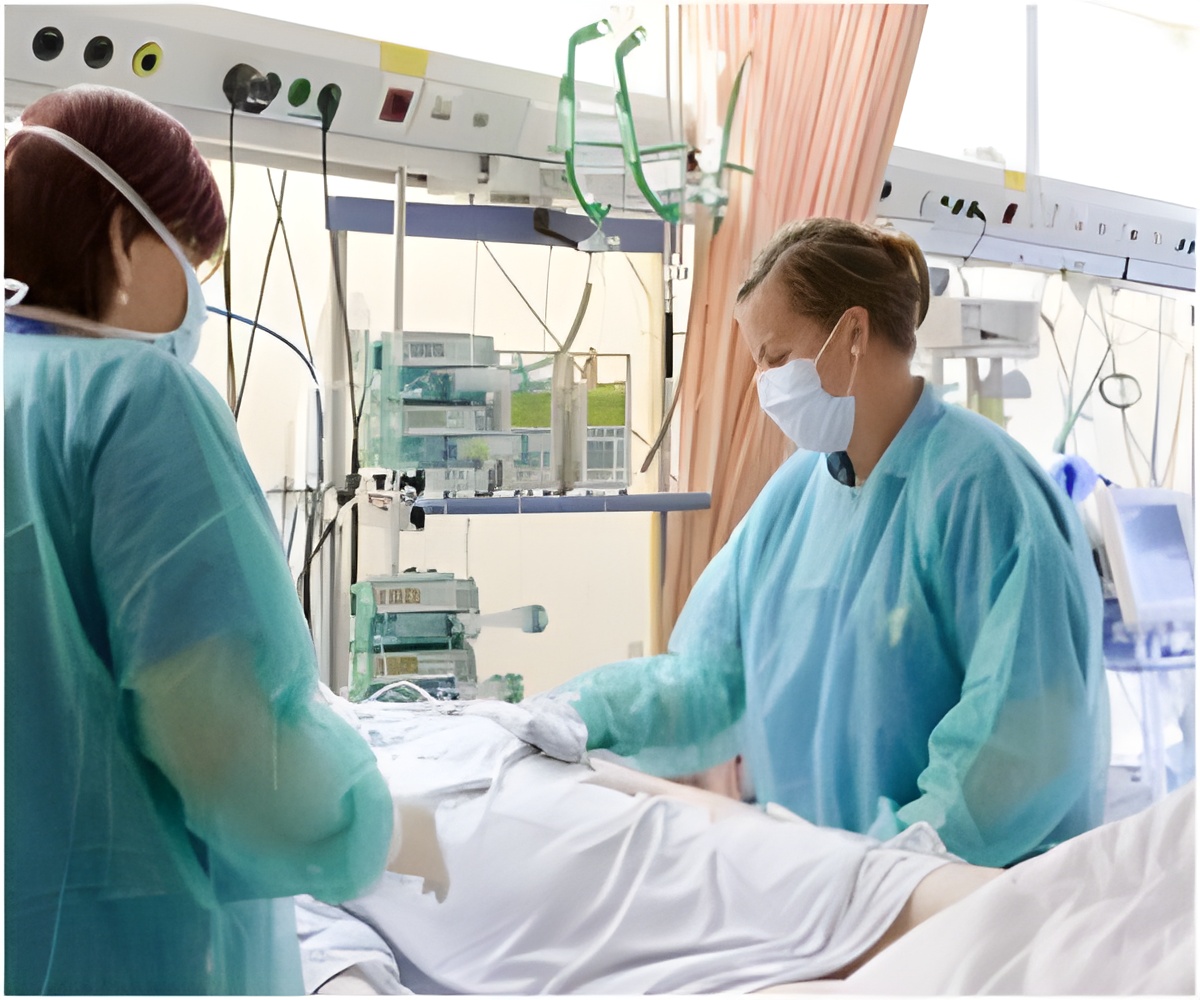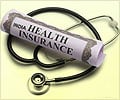According to a special article, injuries caused by needles and other sharp instruments are a major occupational hazard for surgeons.

High Rate of Sharps Injuries in OR—Surgeons at Highest RiskNearly 400,000 sharps injuries occur each year in the United States. About 25 percent of injured workers are surgeons—for whom the risk is highest in the operating room. "Despite healthcare policies designed to protect healthcare workers, injuries remain common," Dr. Chung and colleagues write. Nearly all surgeons will sustain a sharps injury sometime during their career. Medical students and residents are also at high risk; fatigue and inexperience are important risk factors.
The main health concern of sharps injuries is the risk of acquiring a communicable disease from a patient. While HIV is the most-feared result, the risk of infection with hepatitis B virus is actually much higher. Sharps injuries can also have a major psychological impact on the injured person and his or her family—particularly during the time needed to confirm that the injured worker is free of infection, which may take several weeks or months.
Once an injury occurs, there are standardized guidelines for post-exposure prevention, depending on whether the patient has any known transmissible infections. Recommendations include antiviral medications for healthcare workers exposed to HIV and hepatitis B or C virus—ideally starting within hours after the injury.
As a result of the need for testing and treatment, sharps injuries have a major economic impact. Average costs for testing, follow-up and preventive treatment range from $375 for needlestick exposure from a patient with no known blood-borne illness, up to nearly $2,500 for injuries from a patient with known HIV.
Need for Increased Emphasis on Reporting and PreventionPost-exposure prevention can only be executed if the injury is reported. One study found that 70 percent of surgeons "never or rarely" report sharps injuries. They may feel they "don't have time" to report, or may misunderstand the risks involved.
Over the years, regulations have been introduced to ensure that proper prevention and reporting strategies are in place. Introduction of the Needlestick Safety and Prevention Act of 2000 led to an overall 38 percent reduction in injuries in all care settings. However, one study reported that the rate of sharps injuries in the operating room actually increased. "Although preventive strategies exist, their success ultimately relies on clinician compliance," Dr. Chung and coauthors write.
Source-Eurekalert
 MEDINDIA
MEDINDIA




 Email
Email







